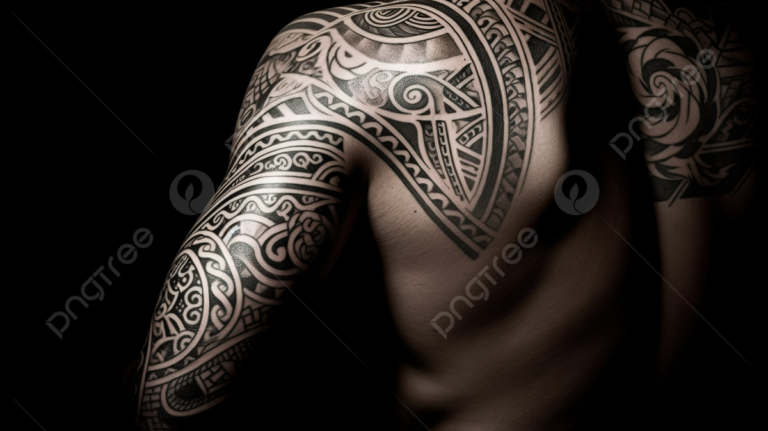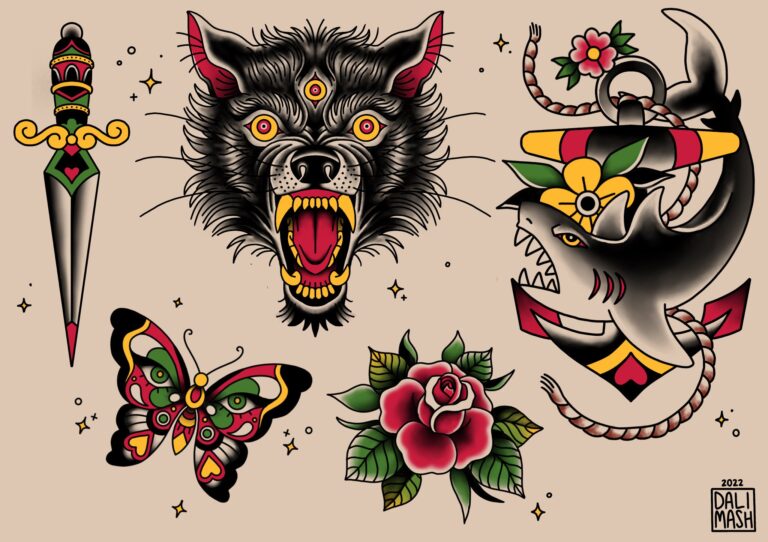Introduction
Tattoos have a rich and diverse history that dates back thousands of years, across different cultures and societies. While tattoos have been a form of self-expression and artistry for centuries, the public perception of tattoos has undergone significant changes over the years. What was once associated with rebellion, subculture, and even stigma has evolved into a widely accepted and celebrated form of self-expression in the 21st century. In this article, we will explore the changing public perception of tattoos and the factors that have contributed to this transformation.
The Stigma of Tattoos
Historically, tattoos were often seen as a mark of rebellion and deviance from societal norms. In many Western societies, tattoos were associated with sailors, prisoners, and biker gangs, reinforcing the perception that tattooed individuals were outsiders or troublemakers. This stigma persisted for decades, making it difficult for individuals with tattoos to find acceptance in certain professional settings and even within their own families.
The Rise of Tattoo Subculture
Throughout the 20th century, tattoos began to gain a foothold in popular culture, thanks in part to prominent figures like musicians, actors, and athletes who proudly displayed their ink. The punk and rock subcultures of the 1970s and 1980s played a significant role in further popularizing tattoos as a form of self-expression and rebellion. Tattoo parlors and studios began to flourish, offering a safe and artistic space for individuals to get inked.
Television and movies also contributed to the changing perception of tattoos. Iconic characters like the heavily tattooed Max Rockatansky in the “Mad Max” film series and the enigmatic Jack Sparrow in “Pirates of the Caribbean” showcased tattoos as symbols of adventure and individualism.
Tattoos as Artistic Expression
In recent years, tattoos have emerged as a respected and celebrated form of art. Tattoo artists are now seen as skilled professionals, and their work is frequently displayed in galleries and exhibitions. With advancements in tattoo technology and techniques, the level of detail and intricacy that can be achieved in tattoos has reached new heights. This evolution has led to a redefinition of tattoos as a legitimate art form.
Celebrities, including actors, musicians, and athletes, have continued to influence the public perception of tattoos. Many public figures now openly flaunt their tattoos, normalizing the practice and reinforcing the idea that ink can be a beautiful and meaningful form of self-expression.
Changing Attitudes in the Workplace

One of the most significant shifts in public perception has occurred in the workplace. In the past, visible tattoos were often seen as unprofessional and could limit career opportunities. However, many modern workplaces have become more accepting of tattoos, recognizing that they do not define a person’s abilities or qualifications. Some companies have even embraced tattoos as a way to showcase diversity and individuality among their employees.
Tattoo acceptance policies now vary widely across industries and organizations. While some professions, such as healthcare and finance, may still have strict guidelines regarding visible tattoos, others have adopted more inclusive attitudes, allowing employees to display their ink without fear of discrimination.
Conclusion
The changing public perception of tattoos over the years is a testament to the evolving nature of societal norms and cultural attitudes. What was once considered rebellious and stigmatized has transformed into a widely accepted and celebrated form of self-expression and artistry. Tattoos have transcended their historical associations with subcultures and deviance to become a mainstream and respected aspect of contemporary culture. As we continue into the 21st century, it’s likely that tattoos will continue to evolve and play an even more significant role in shaping our cultural landscape.




